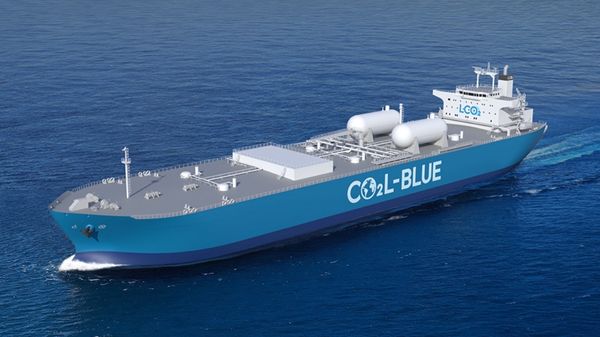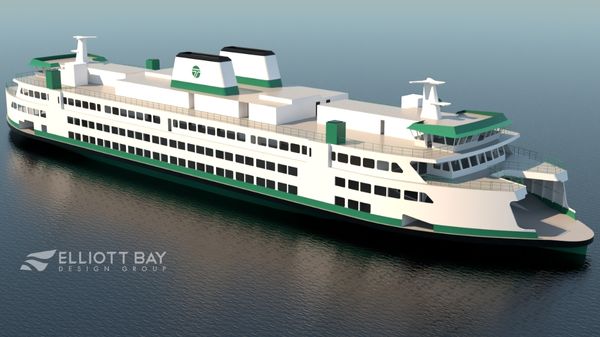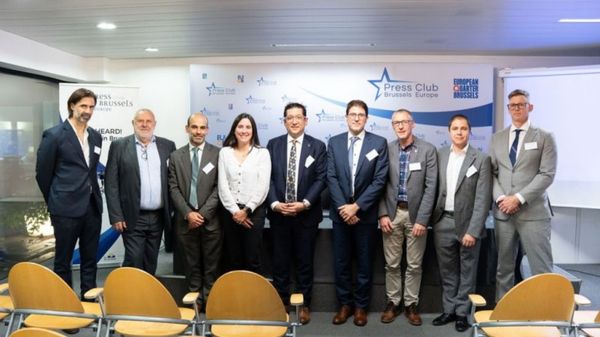The
California Air Resources Board (CARB) has issued an advisory for owners and operators in order to provide them with a summary of the safety exemption included in California’s regulation establishing fuel sulphur requirements for ocean-going vessels.
The Marine Notice contains excerpts from California's Code of Regulations, title13 CCR §2299.2(c)(5), and 17 CCR §93118.2(c)(5). The entire regulation can be found on the California Air Resources Board’s website at the following address: http://www.arb.ca.gov/regact/2008/fuelogv08/fuelogv08.htm.
In the advisory, CARB explains that the safety exemption is designed to provide the master of the vessel with an exemption from the regulation in situations where compliance would endanger the safety of the vessel, its crew, its cargo or its passengers due to severe weather conditions, equipment failure, fuel contamination, or other extraordinary reasons beyond the master’s reasonable control.
The exemption can be used when there are "extraordinary reasons beyond the master’s reasonable control", ARB says. For example, a storm that requires additional crew efforts and renders the master unable to also safely handle a fuel transition may involve circumstances warranting the use of this exemption.
An unexpected operational problem or mechanical failure may also fall under this exemption if the problem or failure is an extraordinary event beyond the master’s reasonable control. As an example, if the master unexpectedly finds that the main engine cannot operate reliably on the complying distillate fuel without risking a foreseeable propulsion loss and the master is unable to take corrective action to mitigate the problem while the vessel is underway, then the master can switch back to heavy fuel oil to see if this alleviates the problem, and then claim the safety exemption.
The exemption cannot be used for events or issues within the master’s reasonable control. For example, the exemption is not designed to apply in situations where the vessel operator knows that the equipment on board the vessel cannot use the
complying distillate fuel, and does not make the necessary modifications or apply to the Air Resources Board for an “essential modifications exemption” under the regulation.
The exemption would also not apply to a vessel operator that repeatedly invokes the safety exemption without taking reasonable steps to address the underlying issues and prevent future safety problems that necessitate use of the exemption. "Among other things, a pattern of repeated use of the exemption suggests the events that are triggering use of the exemption are not extraordinary, as required by the regulation", says ARB.
How to apply for the exemption
If the master of the vessel determines that compliance with the regulation would endanger the safety of the vessel, its crew, its cargo, or its passengers, the master should immediately take the necessary steps to remedy the situation. During this time, the master should limit the use of the non-compliant fuel to the relevant equipment and duration needed to maintain vessel safety.
Next, within 24 hours after the episode during which the safety exemption is claimed, the master must notify the Air Resources Board staff contact listed below that the master is claiming a safety exemption.
Air Resources Board
Attention: Ship Safety Exemption, Paul Milkey
Fax: +1 916 327-6251
E-mail: pmilkey@arb.ca.gov
Phone : +1 916 327-2957 or +1 877 808 7447
Masters may use the form attached to the advisory to provide the required notification. This information may be submitted by facsimile, electronic-mail, or phone to the address above.
Finally, the master must submit to the ARB, within 4 working days after the notification above, all documentation (in English) necessary to establish conditions necessitating the safety exemption and the date(s), local time, and position of the vessel (longitude and latitude) in Regulated California Waters at the beginning and end of the time period during which a safety exemption is claimed under this subsection. The master must also submit steps that will be taken to avoid or minimize repeated claims of the exemption.
There is no fee required to apply for the safety exemption.
Limitations on the use of the exemption
The exemption applies only as long as and to the extent necessary to secure the safety of the vessel, its crew, its cargo, or its passengers. For example, if a vessel encounters unexpected mechanical difficulties in its main engine while transitioning to the complying distillate fuel, the main engines may be switched back to their original heavy fuel oil if the master believes switching back to heavy fuel oil will prevent a propulsion loss or other potentially dangerous incident.
However, during this time, the vessel operator should limit use of the safety exemption to the main engine by using the complying distillate fuel in the auxiliary engines and boilers. In addition, the vessel operator should seek to minimize the emissions from the main engine by using the lowest sulphur heavy fuel available on board, or by using a distillate/heavy fuel oil blend if feasible. While the vessel is at dockside, when the main engine is not in operation, the master should make all reasonable efforts to prepare the main engine to use the complying distillate fuel on the voyage leaving California. If the problem cannot be addressed during the dockside visit, the master should take all reasonable precautions to avoid or minimize repeated claims for the exemption during subsequent visits.
For further information, please contact Mr. Paul Milkey, Technical Analysis Section, at +1 916 327 2957, or by email at pmilkey@arb.ca.gov; or Ms. Bonnie Soriano, Technical Analysis Section, at +1 916 327 6888, or by email at bsoriano@arb.ca.gov.










